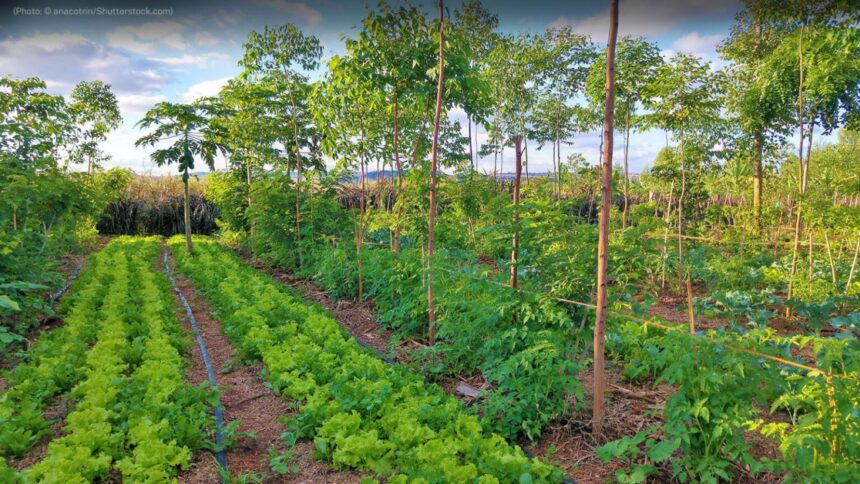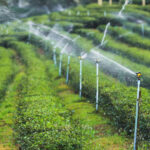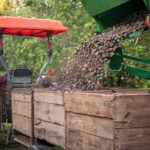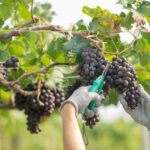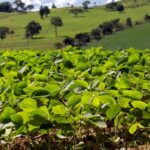Agroforestry is gaining popularity among farmers and landowners looking to build resilient and sustainable farming systems. By integrating trees, crops, and sometimes livestock on the same piece of land, agroforestry creates a balanced ecosystem that improves soil health, boosts biodiversity, and enhances farm productivity. With the increasing effects of climate change and soil degradation, agroforestry offers practical, long-term solutions for both smallholder and commercial farms.
One of the key benefits of agroforestry is its ability to restore soil fertility. Trees like leguminous species—such as Gliricidia, Leucaena, and Sesbania—fix nitrogen in the soil, reducing the need for synthetic fertilizers. Their deep roots also help break up compacted soil layers, improving water infiltration and nutrient cycling. When their leaves and branches fall, they decompose into organic matter that enriches the topsoil. This process creates a natural, sustainable source of nutrients for food crops grown nearby.
Shade-tolerant crops such as coffee, cocoa, and certain vegetables thrive under the canopy of agroforestry trees. By moderating temperature and reducing wind speed, the trees create a microclimate that protects crops from extreme weather and moisture loss. This is especially useful in drought-prone or semi-arid areas, where shade can reduce evapotranspiration and conserve soil moisture. Farmers benefit from better yields, improved crop quality, and greater resilience during dry seasons.
Agroforestry also helps control erosion, particularly on sloped terrain. The roots of trees and shrubs hold soil in place and slow down water runoff. Practices like alley cropping—where rows of trees are planted between strips of crops—create natural barriers that prevent soil from washing away during heavy rains. This is crucial for preserving arable land and preventing downstream sedimentation in rivers and reservoirs.
Incorporating fruit and timber trees into a farm system creates diversified income streams. While crops may provide seasonal income, trees like mango, avocado, macadamia, grevillea, and eucalyptus offer long-term returns through fruit harvests, firewood, and timber sales. This diversification reduces the financial risks of relying on a single crop and helps stabilize farm income throughout the year.
Another effective practice is silvopasture, which combines trees with livestock grazing. In this system, trees provide shade and shelter for animals while their leaves serve as supplemental fodder. The animals, in return, contribute manure that enriches the soil. Silvopasture reduces heat stress on livestock and improves overall animal health and productivity, especially in hot climates.
Agroforestry also supports biodiversity by creating habitats for birds, insects, and other wildlife. This promotes natural pest control and pollination, reducing the need for chemical inputs. Bees, in particular, benefit from the flowering trees, boosting pollination rates for nearby crops. With more pollinators and beneficial insects on the farm, farmers can expect better yields and reduced crop losses.
Implementing agroforestry begins with careful planning. It’s important to choose the right tree species based on local climate, soil type, and the needs of the farm. Fast-growing trees are ideal for short-term benefits, while slower-growing hardwoods can serve as long-term investments. Farmers should also consider tree spacing to avoid competition for light, water, and nutrients. Consulting with an agronomist or extension officer helps tailor agroforestry practices to specific farm conditions.
Agroforestry practices are also eligible for carbon credits in some regions, offering farmers an opportunity to earn income for their role in carbon sequestration. As global interest in regenerative agriculture grows, agroforestry continues to attract support from governments, NGOs, and development agencies that offer training, seedlings, and technical assistance.
By adopting agroforestry, farmers can build more resilient farms that are productive, profitable, and environmentally sustainable. It’s a smart investment in the future—one that supports food security, climate adaptation, and improved livelihoods for generations to come.

